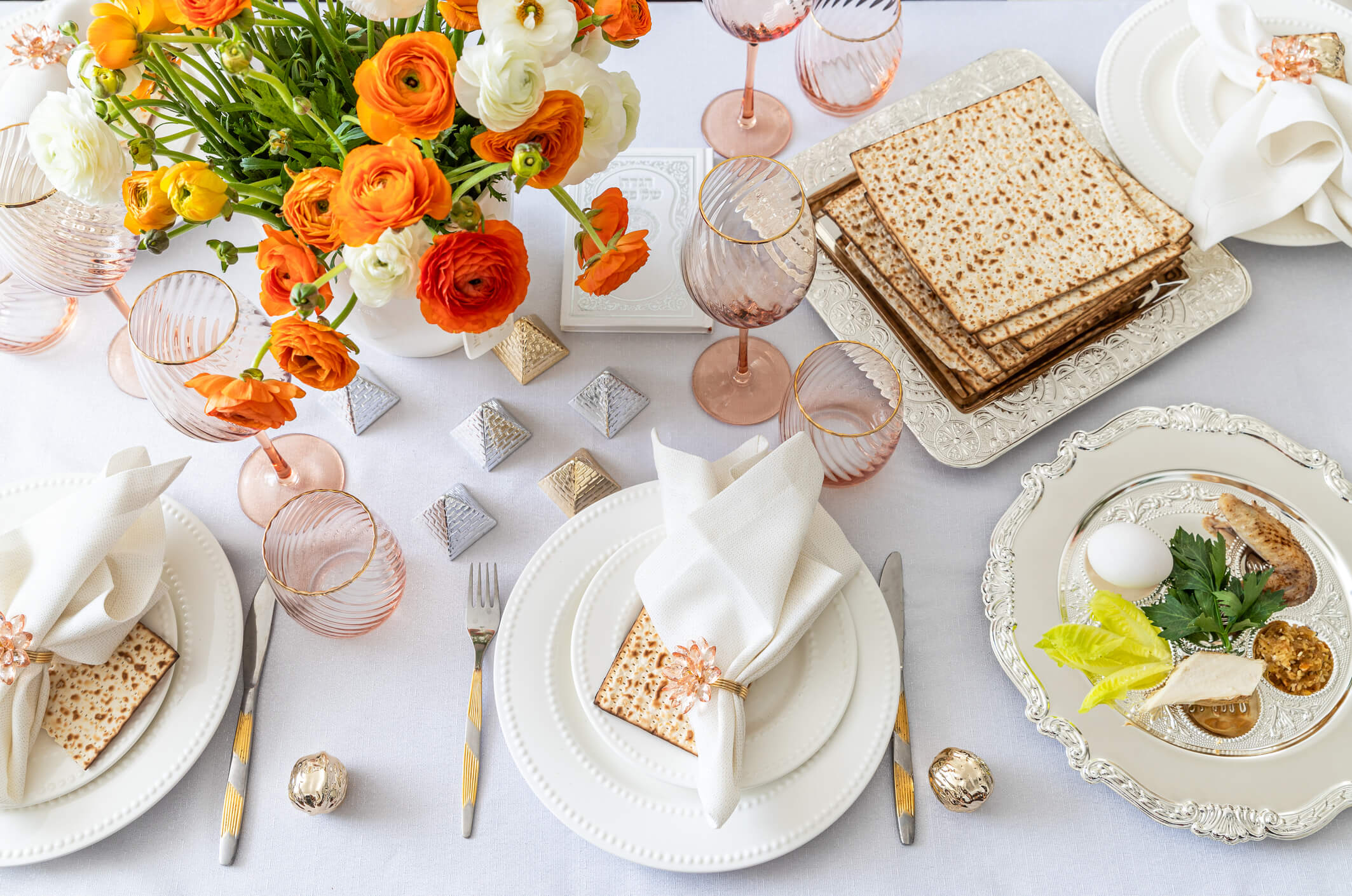Paradoxes of Passover: A Spirituality of Opposites

”Only the paradox comes anywhere near to comprehending the fullness of life.” — Carl Jung
We might think Carl Jung was a genius for articulating something so profound: that things which seem contradictory — contrasts, opposites, even tensions — don’t necessarily produce confusion or contradiction, but instead, can open the door to spiritual experience. The word paradox itself stems from the Greek: para (contrary to) and dokein (to seem or to appear). In Latin, paradoxum means “seemingly absurd but actually true.” Long before Jung, however, came the Passover experience — an ancient tradition filled not just with symbolic foods and rituals, but with sacred tensions that awaken the soul.
Even the very word Haggadah, the book from which Jews read during the Passover Seder, contains this paradoxical spirit. While it is often translated as “the telling,” its Hebrew root, neged, means “opposite” or “against.” The Haggadah isn’t just a story — it’s a tapestry of contradictions that, when woven together, tell a deeper truth about what it means to be human.
Consider some of the rituals: the bitter herb, typically horseradish, is eaten with charoset, a sweet paste of fruit and nuts. Together they blend the sting of suffering with the sweetness of liberation. Parsley, a symbol of spring and new life, is dipped in salt water, evoking the tears of those who suffered. We recline in comfort as a sign of freedom, but do so while recounting stories of bondage. Even as we celebrate our liberation, we ritualize our suffering — because true freedom only has meaning when we remember the path that brought us there.
Another sacred tension we hold on Passover is the delicate balance between remembering the past and inhabiting the present. The Haggadah instructs each generation not just to recall the Exodus, but to see themselves as if they personally left Egypt. We’re invited to inhabit memory as a living experience—to sit at our modern tables and walk, imaginatively and spiritually, alongside our ancestors. This paradox blurs the boundary between then and now, turning history into something immediate, and spirituality into something alive.
These aren’t incidental juxtapositions. They are the sacred architecture of the Passover story — opposites held together in a kind of spiritual tension that invites deeper understanding.
If the Haggadah only focused on our suffering, we’d remain trapped in Egypt, telling a tale of victimhood without transcendence. And if it told only of triumph, we might forget the pain that shaped our empathy, our identity, and our calling to justice.
Passover teaches us that liberation isn’t linear — it’s layered. True freedom comes not from avoiding pain, but from transforming it. In holding sweetness and sorrow side by side, the Haggadah doesn’t just tell a story — it enacts a truth: that the deepest spirituality often lives in the space between opposites. In that sacred in-between, we find not contradiction, but meaning. Not confusion, but connection. And not brokenness, but a wholeness made wiser by its fractures.



